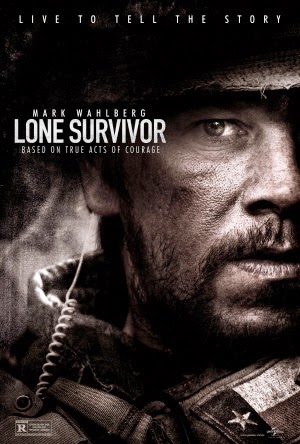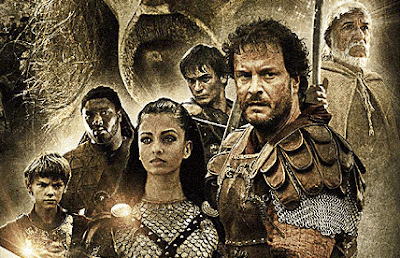SCRIPT TO SCREEN: Lone Survivor

Lone Survivor | Peter Berg | 2013 | USA | Format: RED Code Raw (negative) 35mm (printed) | 121 min US poster for Lone Survivor The action drama based on true events and the biography by Marcus Luttrell is gearing up to be a sleeper hit of critical acclaim and box-office strength. Director Peter Berg secured the financing to make the film by agreeing to direct the big flop, Battleship . It was such a passion project of his that he went low-budget on the shoot, directing it for the DGA minimum, shooting with the RED camera in New Mexico (great production incentives there btw) and convincing his cast to lower their salaries too. Despite the criticisms of jingoism and being crude propaganda or snuff porn akin to The Passion of the Christ , the movie is generally described by critics as expertly made and engaging. If Lone Survivor makes the $34 million it is projected to make during opening weekend plus gets nominated for and wins some Oscars then the Battleship flop will h










